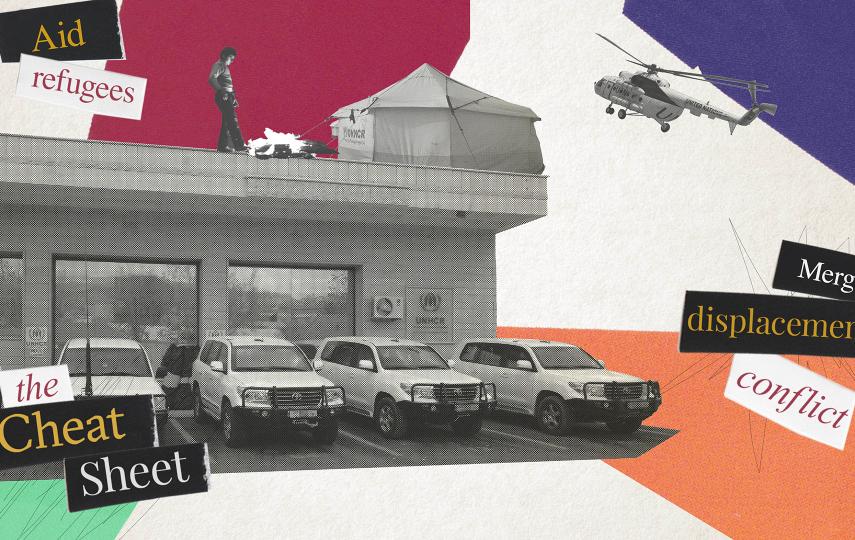Doctors tried to convince Mohamed’s father that the rise in the boy’s temperature did not necessarily mean he had swine flu, but the father was adamant the boy be tested.
Mohammed was diagnosed negative, though the country’s hospitals have been on high alert after five more people died in the governorates of Gharbia, Port Said, Ismaillia, and Monofiya because of the virus.
“Dozens of suspected cases arrive at the hospitals every day,” said Nassr Al-Sayed, assistant minister of health for preventive medicine. “We are raising our alert levels in case an outbreak happens,” he told IRIN.
The Health Ministry announced on 4 January that it had detected 838 new confirmed H1N1 cases across the nation in December. It said it had detected 2,171 cases since October 2010 and 24 people had died.
"But infection rates are still within normal limits compared with infections during the last winter season," said ministry spokesman Abdelrahman Shahin.
There were 14,846 confirmed H1N1 infections in Egypt last year, according to the Health Ministry.
Shahin advised citizens to avoid overcrowded places and take precautionary measures, including frequent hand-washing and using a handkerchief. He expected the number of cases to subside by the end of January.
H5N1 more lethal
While a large number of people are worried about H1N1 and look suspiciously at people sneezing in public places because of the fear of contracting it, it is avian flu (H5N1 - mainly transmitted to humans from animals (birds) which is a deadlier killer if one looks at the statistics.
On 5 January, the World Health Organization (WHO) said the Health Ministry had announced four new human cases of H5N1 in December, leading to two deaths.
The two fatal cases had had contact with poultry, WHO reported, adding that an investigation into the source of infection in two other non-fatal cases was under way.
According to the WHO list of countries where H5N1 has been reported, Egypt has the highest number of cases (119 so far) outside Southeast Asia. With 40 fatalities and an almost 34 percent fatality ratio, it is a much deadlier killer than H1N1.
For instance, the 24 H1N1 deaths since October (out of 2,171 cases) translate into a 1.1 percent fatality ratio - roughly 30 times less than for H5N1.
ae/at/cb
This article was produced by IRIN News while it was part of the United Nations Office for the Coordination of Humanitarian Affairs. Please send queries on copyright or liability to the UN. For more information: https://shop.un.org/rights-permissions





